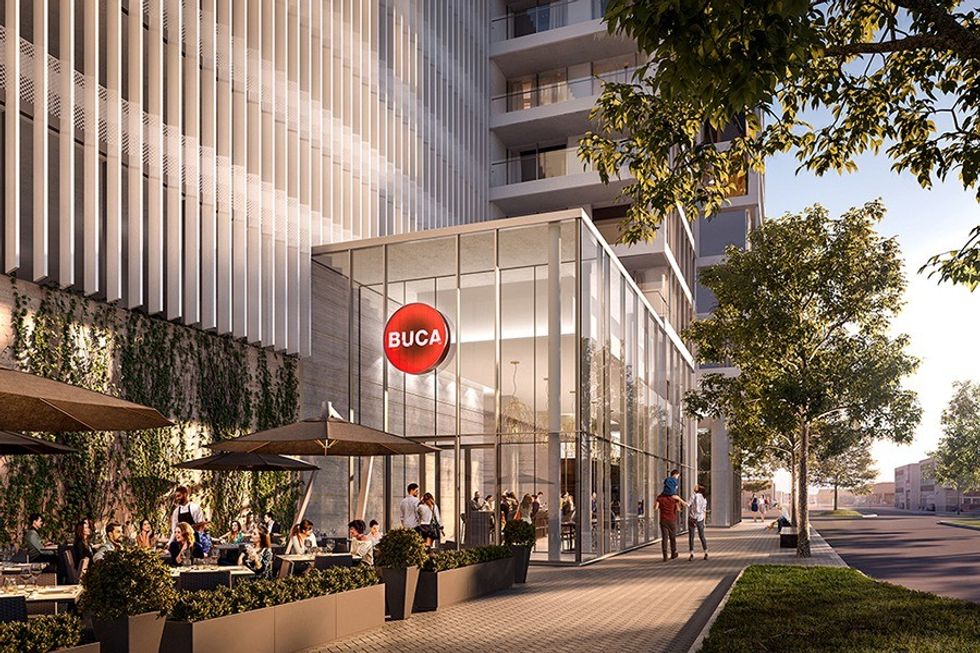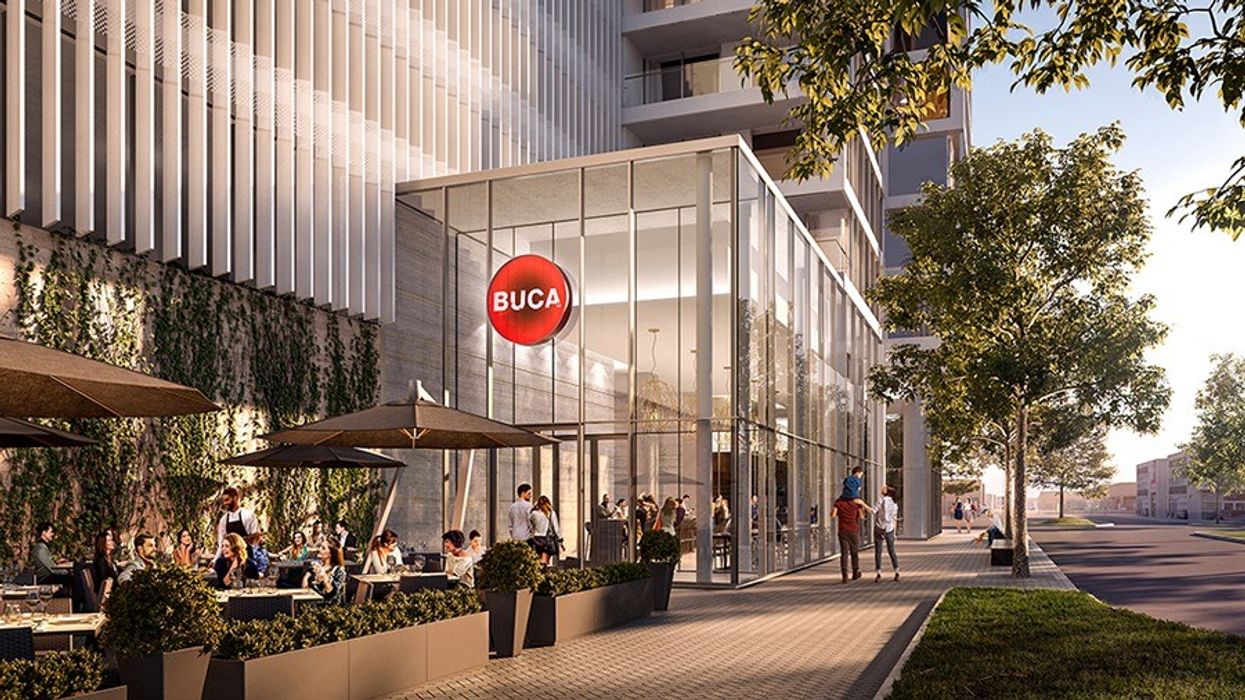
We may think we’re looking for things we buy when we go shopping, but what we really want is an experience. So says Rob Spanier, partner and principal of LiveWorkLearnPlay, a retail consultancy that has completed projects across Canada and the U.S.
The implications for cities and the people who build them, including condo developers, are significant. “Experiences are found everywhere,” he explains. “What’s required is a steadfast commitment to place-making.”
The key to place-making, says the Toronto-based expert, is mixed-use. Not the sort of half-hearted, default retail implemented by many local developers — the Tim Hortons, Shoppers Drug Mart and maybe a bank branch — but what Spanier calls a “curated” selection of shops chosen to complement the neighbourhood, street and even the building in which they are located.
The right balance
As he also points out, these sought-after experiences can be found in downtown precincts as well as suburban malls. The trick lies in finding the right balance.
“People are looking for variety of uses,” he says, “a mix of retail that also gives them experiences they can enjoy.” Even downtown Toronto’s subterranean PATH system now includes grocery stores, Spanier notes, enhancing the meagre pleasures of the food court and its fast-food outlets.
“I think experiential retail is critical to the success of place-making and of the city,” he continues. “The nice thing about Toronto is that there are so many great neighbourhoods.
‘Retail renaissance’
“In the last decade, Toronto has seen a retail renaissance. We’re seeing the second and third generation of immigrants bringing their culture to life in the city. A great example is the food movement that has emerged in Toronto. I include restaurants in retail. Food brings people together. It’s not about that fancy meal. It’s not about the price point. Again, it’s about experience.”
Spanier uses the example of the “food hall,” which is slowly taking over from the traditional food court. Rather than generic space filled with instantly familiar, heavily advertised national brands, food halls typically offer a range of small operators, each with its own speciality — thin-crust pizzas and Asian-French fusion, to craft beer and gourmet burgers.
Though Toronto doesn’t yet have a full-fledged food hall, Spanier says there are four or five in the works. “I believe in independents,” he makes clear. “They are what make retail unique. It’s mall-based retailers that are having difficulty.”
For the condo industry, the lessons are clear; great retail means going beyond the same old, same old. The usual outlets — those corporate tenants chosen to suit developers’ needs — no longer suffice.

According to Spanier, the critical issue is what happens on the ground floor. That’s not just where a building meets the street, but also where it connects with the city. It’s also where retail is located and if not done properly, it can end up a waste of space.
“Life unfolds on the street,” he says. “That’s why we have a chance if we get the ground floor right. What makes Toronto’s neighbourhoods really special is that they include retail. The projects that work are those that incorporate all these qualities — home, office and public space. Public space is a fundamental component of urban life.”
Though some malls continue to thrive — Spanier mentions Yorkdale Shopping Centre — their success depends on their ability to replicate the qualities of the city.
‘Catalytic anchors’
What’s important is an understanding of the relationship between retail, space and experience. In other words, mall design is more crucial than ever. Also required are “catalytic anchors” and a sense of interior activation.
By contrast, when LiveWorkLearnPlay helped select the retail component of the Canary District in the West Don Lands, it focused on outlets that picked up on the characteristics of the still incomplete neighbourhood. The Running Room, for example, complements the presence of the Cooper Koo Family YMCA on nearby Cherry Street.
The connection may be obvious, but Spanier’s message is that the starting point for such decisions must be the residents — they are the customers who will (or won’t) spend their money in local stores — not just what’s in the developer’s immediate economic self-interest.
For any developer in business for the long term, the ultimate goal has to be the creation of complete neighbourhoods, not simply one-off buildings.
After all, a growing, thriving, prosperous city is the development industry’s best friend. In Toronto, where growth has been one long upward curve, it’s easy to take that for granted.
But one doesn’t have to look far to see cities that have had to struggle to survive. The example closest to Toronto is Buffalo, which might finally have turned things around after decades of decline. No one likes to think of it; but it is a reminder that no city is too big to fail.





















